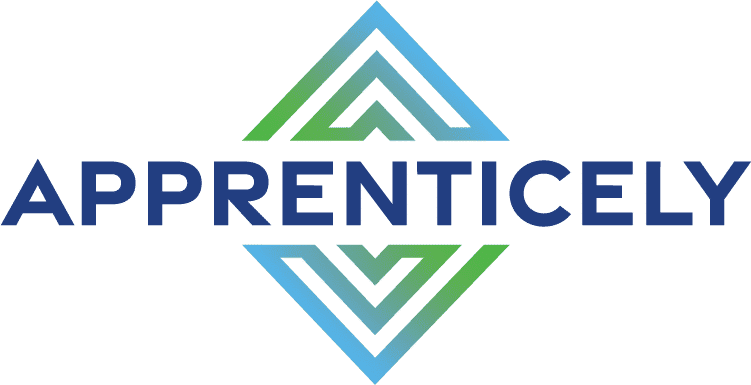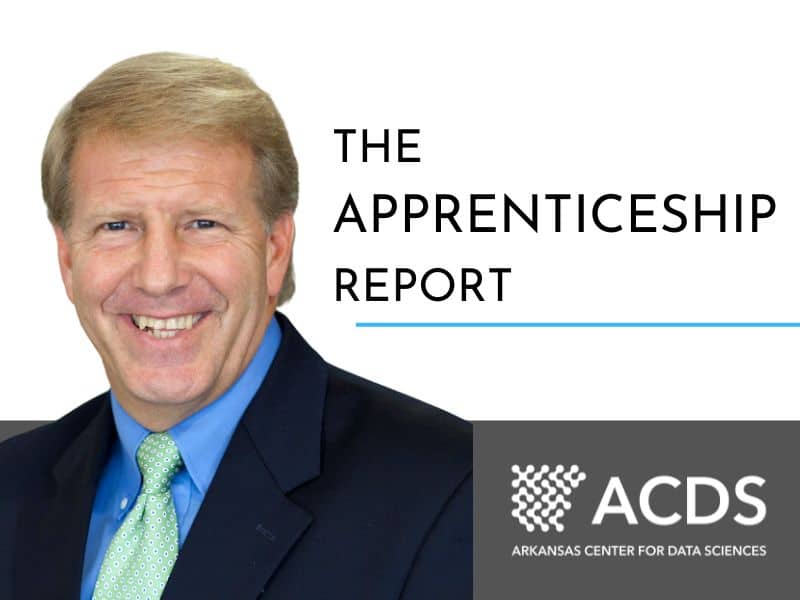ANOTHER PIECE TO THE CAREER DEVELOPMENT PUZZLE
The Jr.2Sr. program is a solid step into the future
Lonnie Emard, ACDS Apprenticeship Director
ON FEBRUARY 26, ACDS will begin an unusual cohort of apprentices. These apprentices aren’t new to the working world, and in fact they aren’t new to the companies they’re apprenticing with. Instead, they’re technical employees who need to learn new skills in order to take the next step in their careers. Our shorthand for this apprenticeship cohort is “Jr.2Sr,” because it’s comprised of promising junior employees who’re now expanding to broader, more leadership type roles.
In previous newsletters, we’ve talked about the strategy of companies using the “Advance and Replace” model to help with their internal succession planning, by apprenticing incumbent employees selected for advancement. Instead, many employers have tended to look around their ranks and say, “I guess nobody in the organization has all the right skills for this more senior position we need, so we’ll just post the job and find somebody we can steal from someone else.” We’ve constantly tried to get employers to see that maybe their best next candidate is sitting right in their own organization—and with a little bit of training could advance to a more senior-level leadership position.
So how, you may be wondering, did this new Jr.2Sr. cohort come about? And the answer is, “Serendipity.”
I’ll explain in a minute—but first some context. It’s important to understand what kind of training these incumbent Jr.2Sr. apprentices may need. Take, for example, a Software Developer who’s become very astute at doing what he/she is tasked to do as an individual contributor: The next stage isn’t just taking this person from Developer 1 to Developer 2; in fact, the point isn’t to give him/her a whole lot more technical capability. In many scenarios, an incumbent employee like this—who may well be the best at the tech portion of the job—is now being prepared to either design or lead a team, or to become a supervisor or a manager. In that case, what’s required is a combination of interpersonal and leadership skills plus some essential skills having to do with their particular workplace.
And now here’s the serendipity I mentioned earlier: The business of a Fayetteville company called Serve2Perform is exactly what we’ve been seeking as the missing puzzle piece for internal apprenticeships. “Our business,” says Todd Larsen of Serve2Perform, “is to drive others to be better.”
While ACDS isn’t a training provider, Todd is a trainer; that’s his job. He gets companies to identify their brightest, most capable junior- to mid-level employees and then he organizes a cohort of all these people who’re ready for the next step in their careers, and he farms out that training. When Todd and some of the ACDS team met at the Tech ‘N’ Talk in Fayetteville, the potential partnership was founded.
ACDS has often had companies ask about a junior- to mid-level apprenticeship, and finally we have an answer. Now with our access to Todd’s list of individuals for training, our next step is to determine which candidates qualify for the apprenticeship model.
A very simplified litmus test is this: If an apprentice is learning the material to apply it on their present job, then it’s just professional development. However, if the employee is someone whom the company is advancing because of this newly acquired advanced set of leadership skills, then this could be an apprenticeship.
We’ll need to have these ongoing conversations with the potential candidates, and sometimes they won’t know the answers to the questions we ask, because maybe their employer wanted them to take this training and they don’t yet know why. From our standpoint, though, if it ties to a new responsibility, a promotion, or it changes their work objectives because they’re now in a leadership position, then we think an apprenticeship is an appropriate program. For his part, our Training Solutions Director, Dr. Don Walker, is adamant about making sure the curriculum is tailored toward somebody as an employee first and a student second, versus somebody who’s just a student theoretically picking up new information on his own.
From our standpoint, this Jr.2Sr. apprenticeship is a natural progression of the whole apprenticeship model. And it doesn’t have to be in IT. Forget the curriculum for a minute—ACDS’ common process can be utilized across any occupation, end to end: finding talent, developing talent, finding companies, finding their demand, and then matching them up and using all of the facilities that we’ve been resourced to do, which includes doing project management, handling all the registrations, and paying for the training. This is for all who apply, no matter who the company is and what the occupation.
The uniqueness centers on what skills somebody absolutely needs to know in order to do a particular job, whether that person be a manufacturing maintenance technician or a software developer. This particular course, while it might’ve originally been designed for a software developer to pick up the team or project lead, also applies equally to somebody who might’ve been an individual contributor in the plant and now they’re being asked to take on the shift lead, the team lead, the project lead. Because guess what? The same non-tech concepts can apply to someone charged with overseeing the installation of a new conveyor belt just as much as to someone tasked with putting in a new software system.
The bottom line is that for this course, we can find candidates across multiple sectors who can be in the same class. This isn’t just an example of continuous improvement in apprenticeship opportunities, it’s also a solid step into the future.

